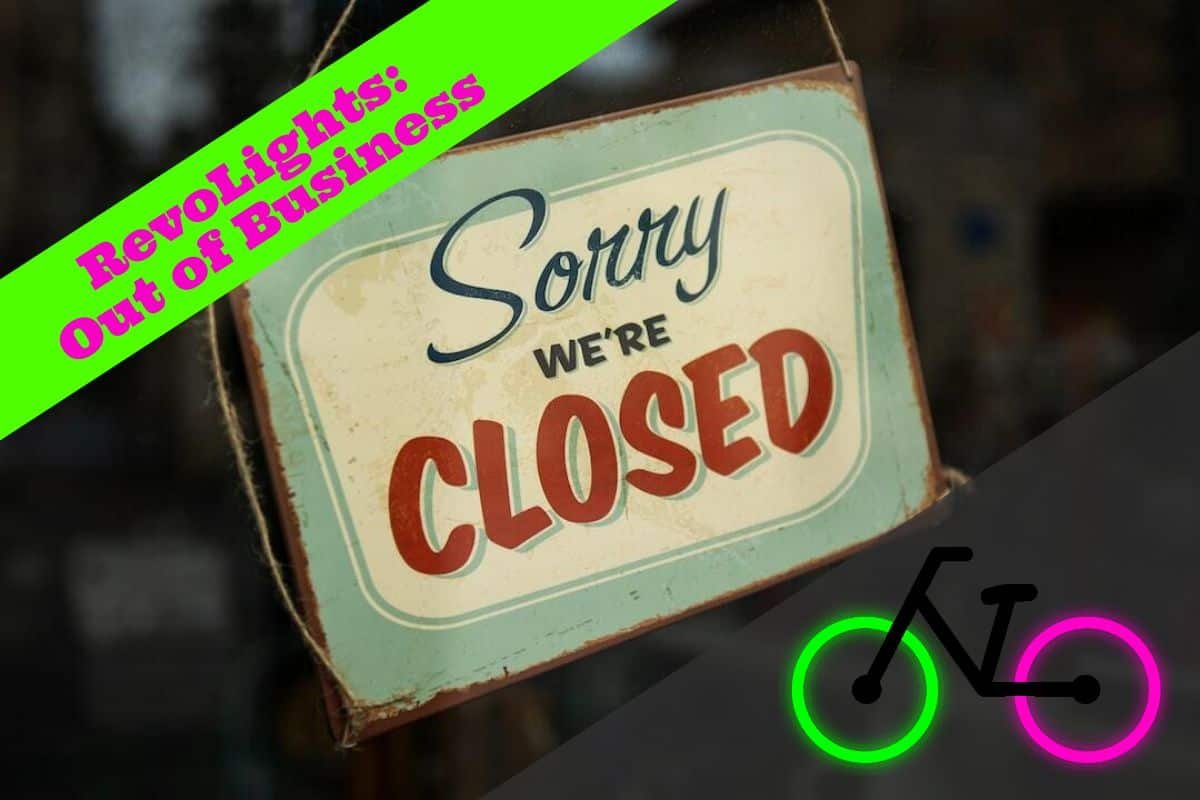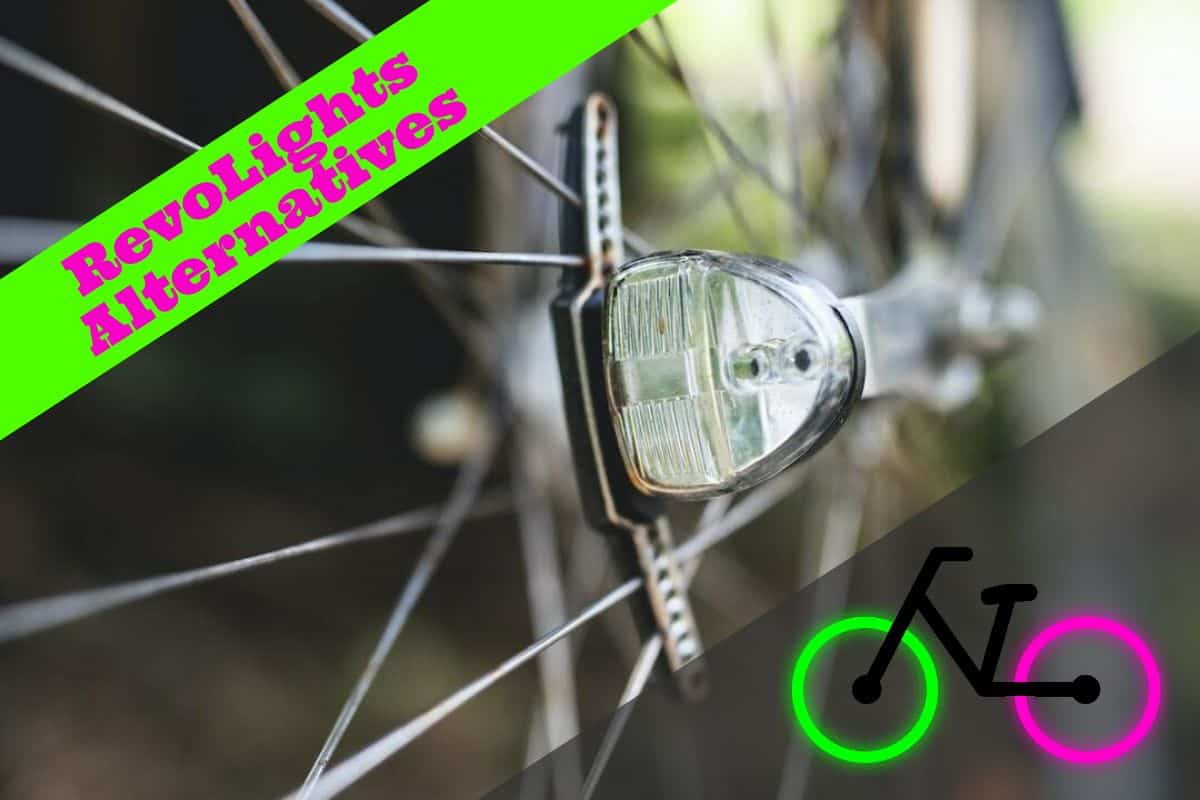Imagine life without the gentle flip of a switch to banish the darkness. Before the light bulb’s invention, your world would’ve ended at sunset, or you’d rely on flickering candles and smoky oil lamps. Thomas Edison’s iconic invention didn’t just brighten rooms; it sparked a revolution that changed how you live, work, and play.
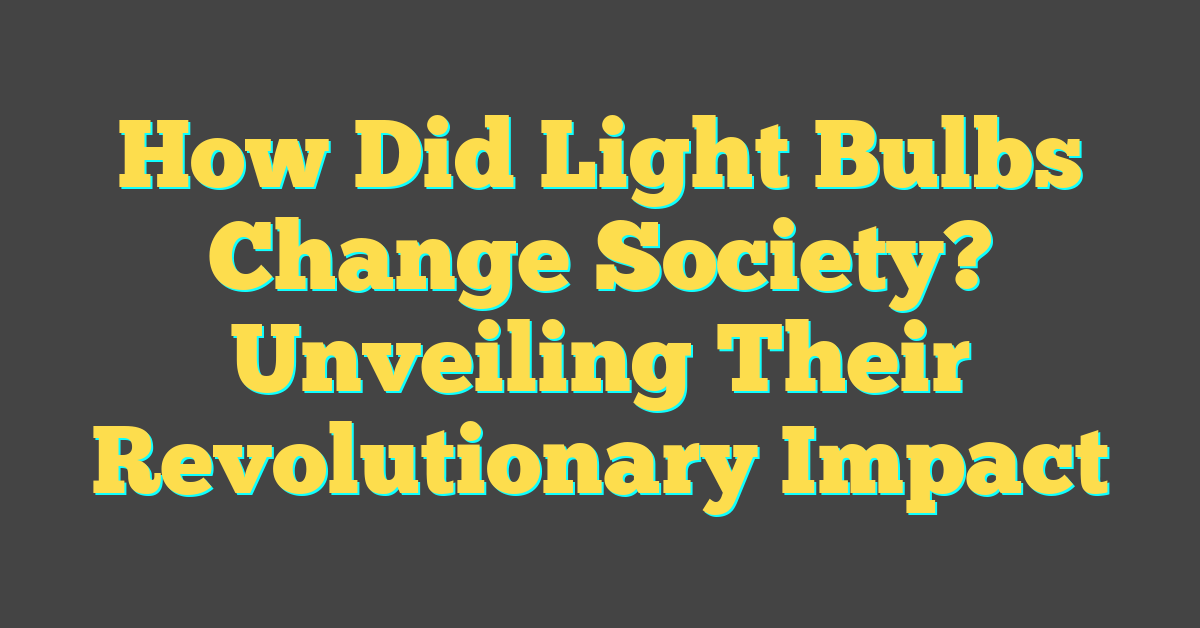
With the advent of the light bulb, you waved goodbye to the constraints of daylight. Factories could operate longer, streets became safer at night, and homes turned into cozy havens regardless of the hour. The light bulb didn’t just illuminate spaces; it illuminated minds, extending the day and expanding the possibilities for everyone.
The light bulb’s glow reached far beyond mere convenience. It redefined society’s rhythm, setting the stage for the 24/7 culture you’re immersed in today. Let’s shed some light on this brilliant transformation and see how a simple glass sphere rewired the world.
The Invention of the Light Bulb
Imagine a world bathed in the warm glow of incandescent light, a world where you’re no longer bound by the rising and setting sun. You’ve probably taken for granted that you can flip a switch and dispel the dark instantly. This simple action is the legacy of the invention of the light bulb, a marvel that fundamentally altered human existence.
Before this pivotal innovation, folks relied on flickering candles and smoky oil lamps. Though previous attempts at creating a stable and reliable source of artificial light had been made, Thomas Edison and his team succeeded where others failed. They crafted a bulb using a bamboo filament that endured, delivering a commercially viable option in 1879. You’ll find Edison often gets all the glory, but it’s crucial to acknowledge that inventors like Humphry Davy and Joseph Swan also contributed mightily to the development of electric lighting.
Their combined persistence brought forth an invention that became a beacon of the Second Industrial Revolution. Imagine tinkering with your DIY projects under the inadequate light of a candle. Now, thanks to the light bulb, your DIY endeavors are no longer limited to daylight hours.
With the advent of the light bulb, enterprises and factories saw a monumental shift. They extended their operating hours, boosting productivity to previously unattainable heights. Street lamps transformed from gas-fueled to electric, making nocturnal journeys less daunting and cities more vibrant after sunset.
For lighting aficionados, the evolution didn’t stop with the original incandescent bulb. The field has seen the introduction of fluorescent, LED, and smart lighting systems, each iteration making your projects and living spaces more brilliant and energy-efficient. These advancements have propelled society into a future where managing light is both an art and a science.
As you nurture your passion for home DIY and lighting projects, take a moment to marvel at the journey from Edison’s bamboo filament to the modern LED systems you might be installing in your living room.
Extending the Day and Expanding Possibilities
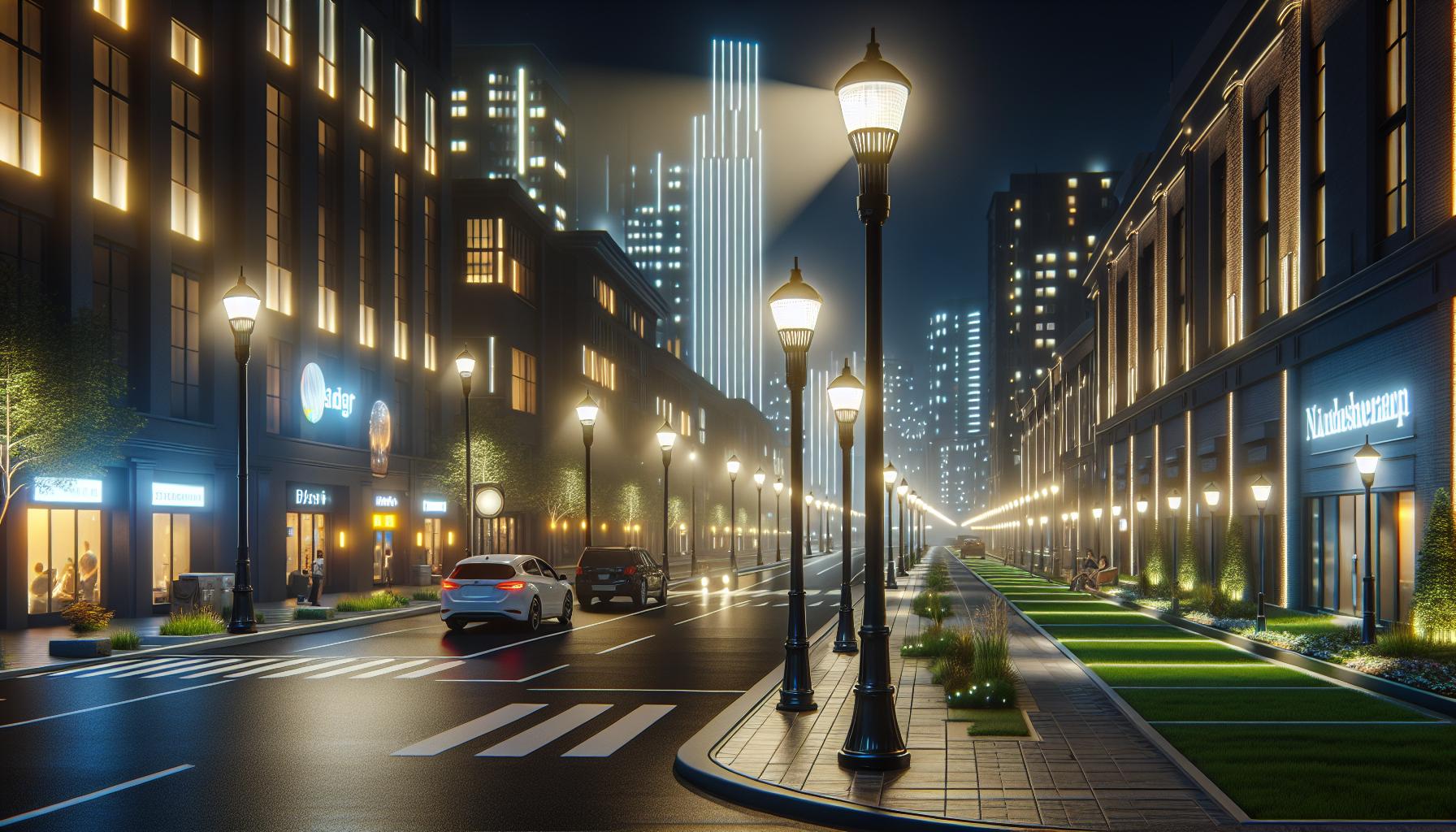
Before the advent of the electric light bulb, sunset marked the end of productive activity for most people. You relied on candles or oil lamps, which were inefficient, expensive, and posed a significant fire hazard. The light bulb, however, redefined the boundaries of your day, extending the hours you could work, socialize, and stay active.
Think about it: the simple act of flipping a switch now allows for countless activities no longer tied to the rise and fall of the sun. As a DIY enthusiast, you can appreciate the ability to work on projects in your workshop at any hour. The light bulb has similarly empowered creators, thinkers, and workers in all fields to maximize their potential throughout the entire day and night.
Factories and Shift Work: With the invention of the light bulb, factories could operate around the clock. This led to the establishment of multiple shifts, increasing production and changing the nature of labor. Workers could now take on night shifts, enabling industries to boost their output significantly.
Impact on Education and Leisure: Evening classes became a viable option, thanks to well-lit classrooms, providing educational opportunities to those who worked during the day. Leisure activities, including sports games, theater performances, and concerts, could extend into the night, enriching cultural life.
Here are some ways the electric light bulb has literally brightened your world:
- Streetlights brought a new sense of security to city streets after dark.
- Retail stores could extend their hours, promoting a surge in shopping and commerce.
- Homes became havens of comfort with the widespread adoption of indoor lighting.
« Why Is Light Bulb Dim? Discover Causes and Bright Solutions
How Do I Know What Watt Light Bulb to Use? Illuminate Like a Pro »
Lighting technology’s evolution has also been extraordinary, from Edison’s incandescent bulbs to the energy-efficient LEDs you use today. As a lighting expert and enthusiast, you’ve witnessed how light bulbs are not just tools of illumination—they’ve become integral to the design and function of living spaces. From setting the mood with dimmers to integrating smart home technology, the influence of the light bulb has pervaded every aspect of modern life, with each advancement bringing new levels of convenience and efficiency.
The tremendous social changes birthed by the light bulb illuminate just how a single invention can spark an era of endless possibilities. As the day extends into the night, so does the capacity for human achievement and progress, unchecked by the setting sun.
How Light Bulbs Changed Work and Industry

The advent of the light bulb brought about waves of change, arguably none more significant than those in the workplace and industry sectors. Before the light bulb, imagine your workplace—dimly lit, confined to daylight hours, and fraught with the limitations of less efficient lamps and candles. This picture drastically altered with Edison’s innovation.
Factories and Work Hours: You no longer needed to rely on the sun, fundamentally transforming labor patterns. Factories could remain open for longer hours, thanks to electric lighting, effectively doubling the potential for production output. Shift work became commonplace, and businesses thrived by maximizing the use of their infrastructure and machinery.
- Safety and Productivity: The impact on safety can’t be overstated. Workers were less prone to accidents as the bright light illuminated previously shadowed factory floors and intricate machinery. Coupled with this, productivity soared; the correlation between well-lit workspaces and efficiency is undeniable. Good lighting is fundamental, and as someone who loves to tackle home DIY projects, you can appreciate how crucial visibility is for precision and safety.
Innovation and Economy: The ripples went beyond just the factory walls. New jobs were created in power generation, distribution and lighting technology. Skilled labor markets expanded as new roles were carved out to service the burgeoning electrical industry.
- The 24/7 Economy: Consumer behavior shifted as stores began to extend their hours into the evenings. The concept of shopping after sunset became a new norm, and industries catering to night-time consumers grew expansively. Suddenly, your DIY project didn’t have to stop because the hardware store closed at dusk; you could pick up that extra can of paint or those needed light fixtures even after work.
Education and Training: And let’s not forget education. Vocational training and evening classes became accessible to those who worked during the day. Bright, efficient lighting turned night-time into a valuable commodity for learning and advancement.
The light bulb, a seemingly simple device, significantly shaped modern work and industrial landscapes. It’s thrilling to think about how such a fixture, integral to your own DIY lighting projects, has played a monumental role in shaping the world’s economies and societies.
The Impact on Safety and Security
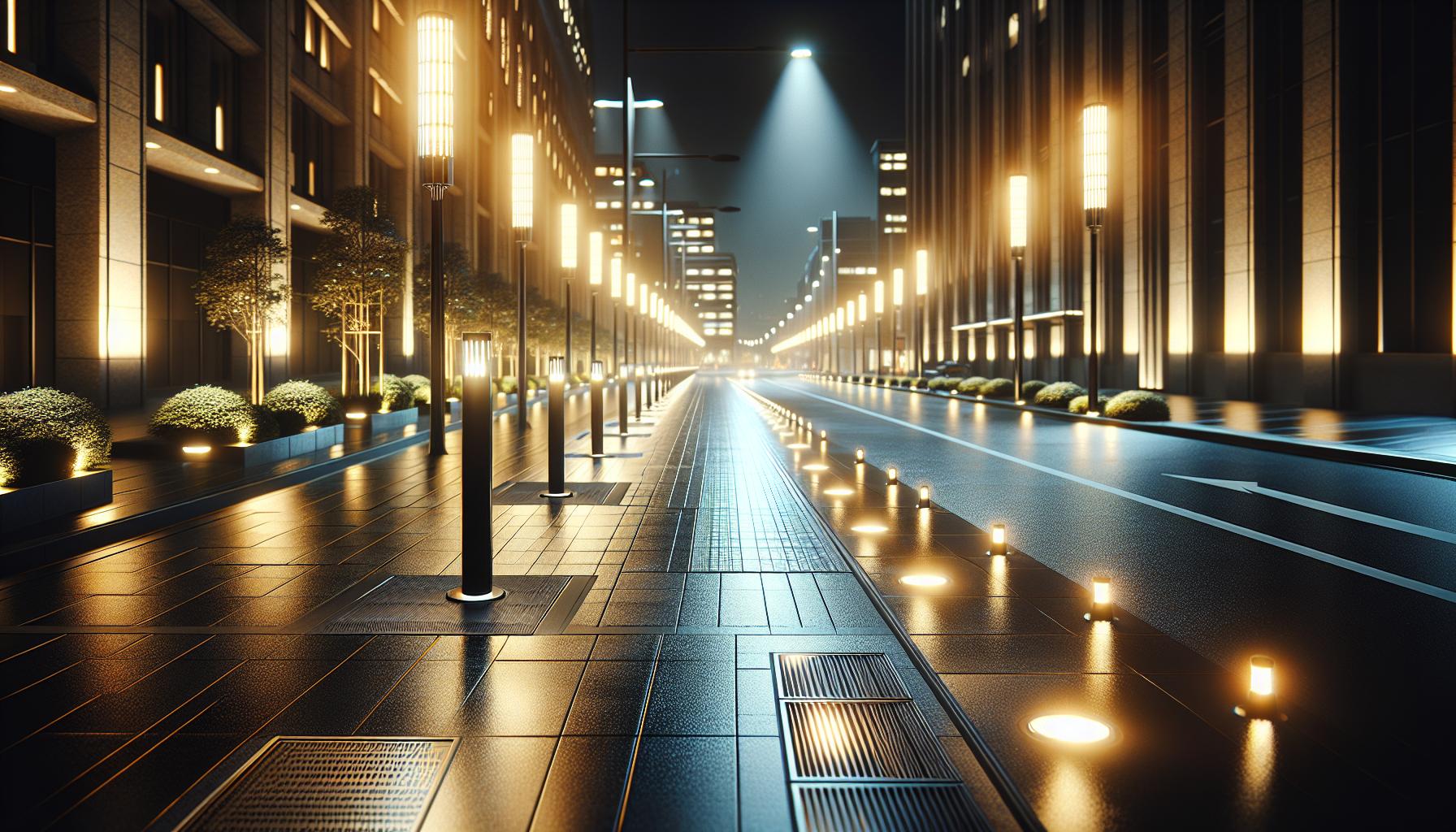
Imagine strolling through the streets without a glimmer of light after sunset. Before the advent of light bulbs, that’s precisely how the world operated. It was a time when the night posed significant risks and the shadowy corners harbored potential dangers. But with Thomas Edison’s game-changing invention, you live in a reality far removed from those dim times.
As darkness falls, streetlights flicker on, making your way home safer. It’s not just about comfort—light directly influences safety. Before the light bulb, cities relied on gas lamps that were not only inadequate but also hazardous. They required manual lighting and posed a substantial fire risk. With the electric light bulb, cities suddenly became illuminated havens.
Streetlights do more than guide your footsteps; they serve as a crime deterrent. Well-lit areas traditionally report fewer crimes, a fact supported by numerous studies. With the installation of electric lights, criminal activities that thrived under the cover of darkness saw a significant decline.
Beyond public spaces, the light bulb has had a profound effect on home security. Porch lights and floodlights serve as silent guardians against intruders, giving you peace of mind. Think about those DIY security systems you love to tinker with; they’re all made possible because of reliable lighting. Strategic placement of lights around your home can prevent break-ins and deter trespassers.
In factories and workplaces, bright light not only means extended operation hours but also increased worker safety. Hazardous machinery and dark corners no longer pose the same threat with adequate lighting. Jobs that used to come with high risk of injury due to poor visibility are now exponentially safer. The bulb has literally brightened the prospect of workplace safety and efficiency.
Naturally, these advances led to the creation of new professions. With bulbs lighting up the night, there was a surge in demand for professionals to maintain and install these systems, further building the backbone of a secure and well-lit society.
With every glow, the light bulb reminds you of the comfort and security it offers—a beacon of human ingenuity that turned the tide in your fight against the dark.
The Transformation of Home Life
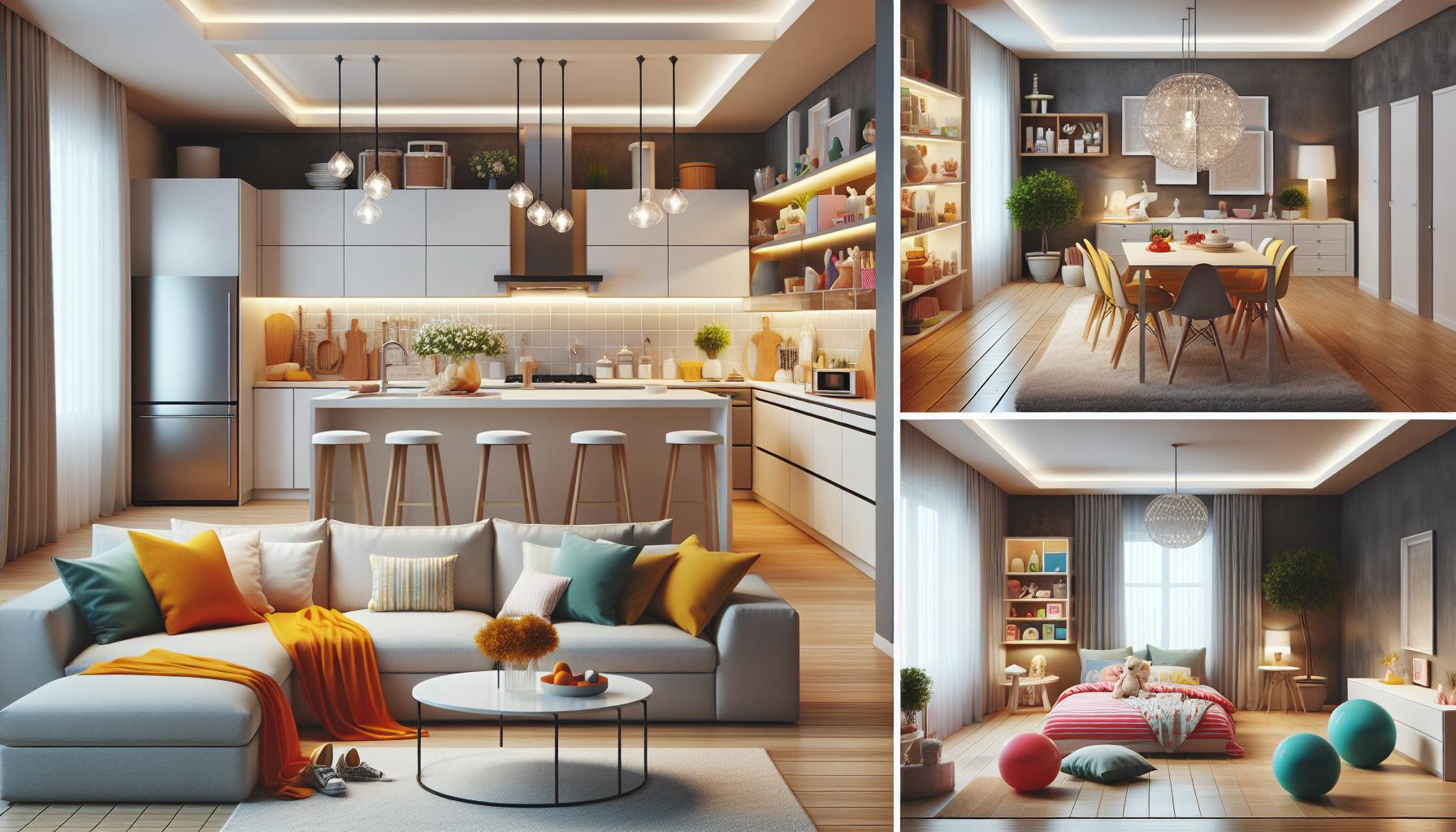
Before the advent of the light bulb, homes were dark, subject to the whims of daylight and the flicker of candlelight. Electric lighting revolutionized how you live within your walls. It’s not just about being able to see clearly; it’s about reshaping everyday life around your needs and desires.
Imagine cooking dinner or reading the evening paper by candlelight. The inconsistency and poor quality of light not only strained the eyes but also limited activities to certain parts of the home. With the rise of electric light, every room became a potential space for activity, no matter the hour. The evolution of home life was swift and transformative with the introduction of the light bulb, ushering in a new era of convenience and comfort.
- Bright kitchens made for safer food preparation and extended time for family gatherings after dark.
- Well-lit living rooms encouraged the family to spend time together, engaging in conversation, games, or watching TV.
- Children’s bedrooms, once off-limits after dusk, became havens for study and playtime before bed.
In addition to enhancing the functionality of these spaces, lighting design has become an art in itself, creating ambiance and mood. You can now highlight architectural features, draw attention to art, or simply set a relaxing environment. The ample lighting options available today allow for customization that reflects personal taste and style.
Moreover, with the rise of home DIY projects, individuals like you have the power to retrofit lighting solutions that can enhance energy efficiency and reduce electricity bills. From installing dimmer switches to opting for LEDs, you can take control of your home’s illumination and in turn, its energy consumption.
The light bulb did more than just bring brightness; it enabled a flexible lifestyle, adaptive to the needs of modern households. It illuminated new possibilities for domestic comfort and set the stage for further innovations in how you experience and interact within your home.
Conclusion
It’s clear that the humble light bulb did more than just banish the darkness; it redefined your way of life. From transforming nighttime into a vibrant time for productivity and leisure to sparking advancements in various industries, its glow has guided humanity to an era of unprecedented progress. The ability to control light has not only brightened your homes but also empowered you to shape your environment to your needs and aspirations. As you switch on a light today, remember it’s not just about illuminating a room—it’s about continuing the legacy of innovation and human advancement that began with a simple yet revolutionary idea.
Frequently Asked Questions
How did Thomas Edison’s invention of the light bulb impact productivity?
The invention of the light bulb extended productivity hours by eliminating the constraints of daylight, allowing for longer working hours and increasing efficiency in many areas, including factories, homes, and street safety.
What transformations occurred in industries due to the light bulb?
The light bulb enabled factories to operate 24/7, significantly boosting production levels. It also contributed to the creation of jobs, particularly in the electrical industry, and transformed labor patterns.
How did the light bulb affect education and leisure activities?
Well-lit classrooms allowed for evening classes, making education more accessible. It equally extended leisure activities into nighttime, including extending retail hours and enhancing home entertainment options.
What role did streetlights play in public safety and security?
Streetlights, powered by Edison’s invention, contributed to reduced crime rates by making streets safer at night. They also enhanced home security and workplace safety by providing adequate lighting.
In what way did the light bulb change home life?
The light bulb transformed home life by allowing activities in all parts of the house regardless of the time. It also improved home functionality design, offering individuals the power to personalize illumination and manage energy use.

